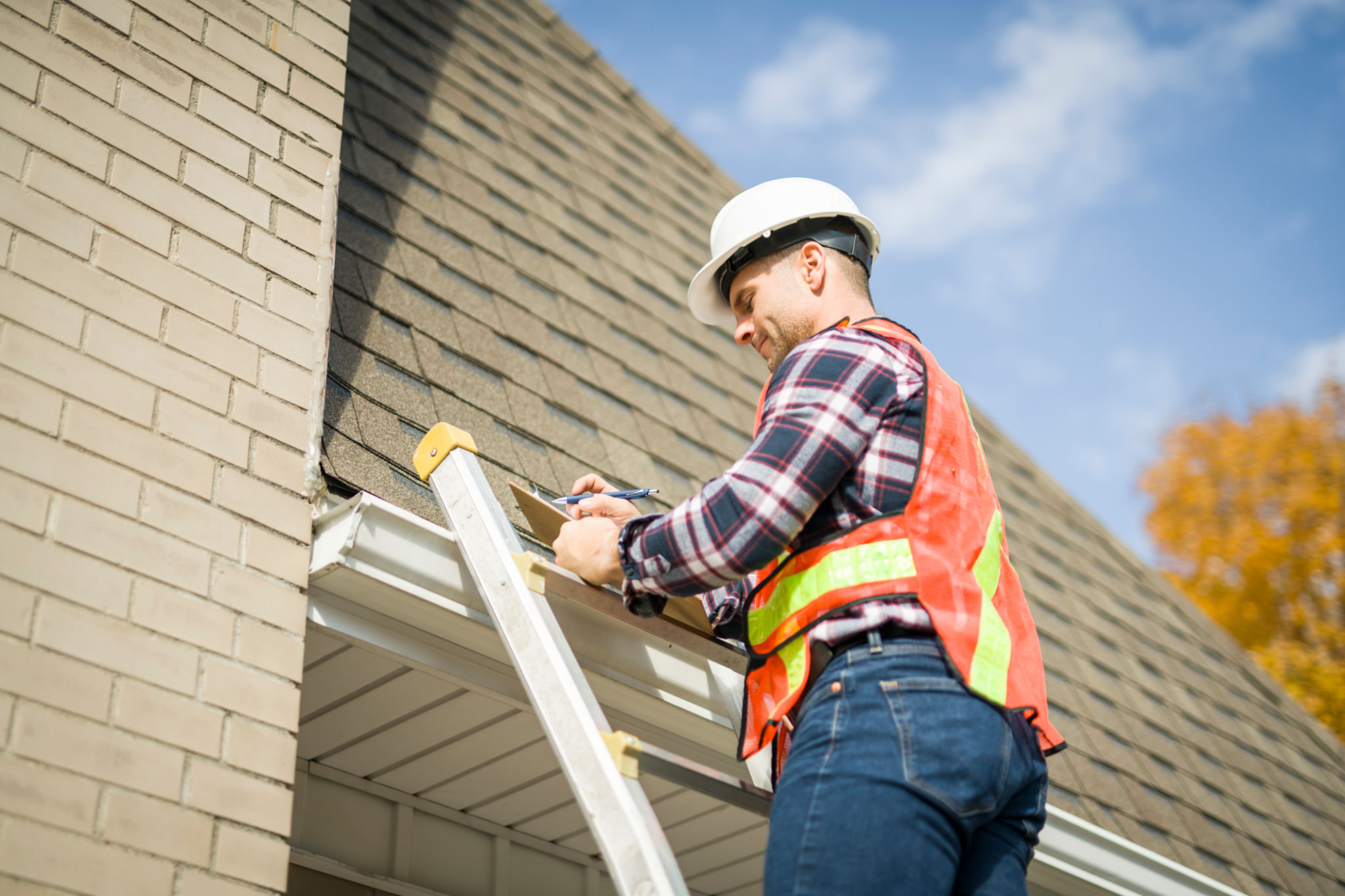Soffit and Fascia: Understanding Their Role in Home Protection
Understanding the Basics of Soffit and Fascia
When it comes to home maintenance, soffit and fascia might not be the first things that come to mind. However, these components play a crucial role in protecting your home from the elements. Both soffit and fascia are integral parts of a roof system, contributing not only to the aesthetic appeal but also to the structural integrity of your home.
Soffit is the material located beneath the roof overhang. It is often vented to allow airflow into your attic, thus preventing moisture buildup and maintaining a healthy environment. Fascia, on the other hand, is the horizontal band that runs along the edge of the roof, providing a finished look and offering support to the bottom row of tiles or shingles.

The Importance of Soffit and Fascia in Home Protection
One of the primary roles of soffit and fascia is weather protection. These elements serve as a barrier against rain, snow, and wind, ensuring that moisture does not seep into your roofing system. This is essential in preventing water damage and protecting the underlying structures of your home.
Moreover, soffit and fascia contribute to proper ventilation. A well-ventilated attic helps regulate temperature and reduces energy costs by minimizing the need for constant heating or cooling. This ventilation also prevents mold growth and extends the lifespan of your roofing materials.

Materials Used for Soffit and Fascia
Soffit and fascia are available in a variety of materials, each offering unique benefits. Common materials include:
- Wood: Offers a classic look but requires regular maintenance.
- Aluminum: Durable and low-maintenance, resistant to warping and cracking.
- Vinyl: Cost-effective and available in various colors, but can become brittle over time.
- Composite: Combines durability with a variety of aesthetic options.
The choice of material often depends on factors such as budget, climate, and personal preference. Each material offers different levels of protection and aesthetics, so it's important to consider these factors when making a decision.

Maintaining Soffit and Fascia
Regular maintenance of soffit and fascia is essential for ensuring their effectiveness in protecting your home. This includes periodic inspections for signs of damage such as cracks, peeling paint, or rot. Addressing these issues promptly can prevent minor problems from escalating into costly repairs.
Cleaning is another critical aspect of maintenance. Removing debris from gutters and ensuring that soffit vents are clear can enhance airflow and prevent water damage. In some cases, repainting or resealing may be necessary to maintain the appearance and durability of these components.
Professional Installation and Repair
While some homeowners may choose to tackle minor repairs themselves, professional installation and repair of soffit and fascia are recommended for more complex issues. Experts have the knowledge and tools to ensure that these elements are installed correctly, providing maximum protection for your home.
Professionals can also offer advice on the best materials and styles that suit your home’s design while ensuring optimal functionality. Investing in professional services can ultimately save you time and money by extending the life of your roof system.

Conclusion
Soffit and fascia may not be as visible as other parts of your home, but they are undeniably crucial to its protection and efficiency. Understanding their role can help you make informed decisions about their maintenance, materials, and potential upgrades. By taking care of these components, you ensure the longevity and safety of your entire home, safeguarding your investment for years to come.
